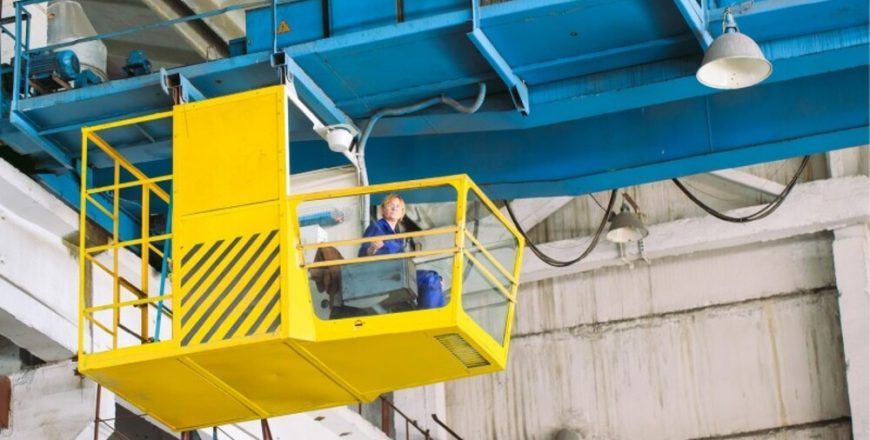
On a lifting technician apprenticeship course, you’ll help prepare and operate different cranes to lift and place various loads in the workplace.
Depending on the business, the lifting technician apprenticeship will teach you how to operate a tower, crawler, or mobile crane.
Whichever route you choose, you will play an essential role in building site projects by operating the crane to move products and equipment to certain work zones on a construction site.
You’ll learn to comprehend and follow the contract information and work with the lifting team to accomplish lifting duties. This apprenticeship necessitates the ability to operate at heights safely.
This apprenticeship may lead to a level 4 crane supervisor job in the construction industry. This apprenticeship will teach you the required skills, underlying knowledge, and understanding to meet the requirements of the appropriate card certification programmes.
What you’ll learn
On a lifting technician apprenticeship course, you’ll learn to:
- Follow all relevant laws and government guidance while lifting and moving weights (such as the Health and Safety at Work Act, the Lifting Operations Regulations 1998, and BS 7121).
- Comply with the manufacturer’s and employer’s operational, health, and safety requirements.
- Determine the sequence in which lifting tasks will be done and discuss and organise the job with others.
- Complete all pre-use checks before configuring and positioning the crane for lifting operations.
- Set up and customise the crane’s electronic information systems.
- Lift various weights by using the crane’s full radius and slewing capabilities.
- Position weights precisely while minimising load swinging and following signals and instructions.
- Work at a height while adhering to all safety and work requirements.
- Remove cranes from service and isolate and protect them.
- Prepare and set up lifting attachments and the load lifting area of operation.
- Attach weights to a lifting hook while preserving balance, security, and integrity.
- Follow specific rules and standards while slinging and signalling loads (including the Lifting Operations Regulations 1998 and BS 7121).
Entry requirements
You’ll usually need:
- GCSEs, usually including English and maths, or equivalent, for an intermediate apprenticeship.
- Apprentices without level 2 English and maths will need to achieve this before taking the end-point assessment.
Assessment methods
The End Point Assessment comprises two distinct assessment methods:
- Professional interview
- Written test
- Practical test
Restrictions and requirements
You’ll need to:
- have a category C1 or C LGV licence if driving mobile cranes on public roads
Duration, level, subjects and potential salary upon completion
- Duration: 18 months
-
Level: 2 – Intermediate Apprenticeship
- Relevant school subjects: DT
- Potential salary upon completion: £21,000 per annum
Apprenticeship standard
More information about the Level 2 Lifting Technician Apprenticeship standard can be found here.
Apprenticeship end point assessment
For more information about the End Point Assessment Process, please read the Institute of Apprenticeships’ information page.
